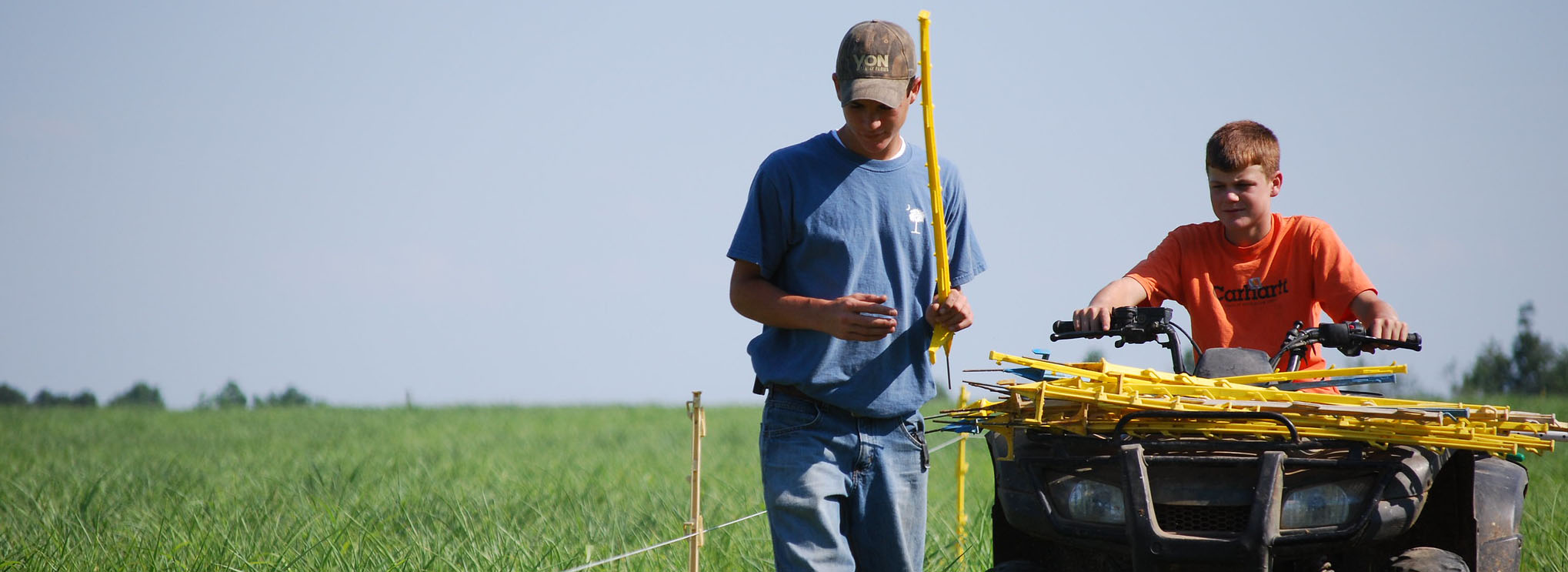According to the National Children’s Center for Rural and Agricultural Health and safety, 33 serious injuries involving children occur on a farm or ranch in the United States every day.
To prevent these incidents, only youth with proper training and experience should be allowed to drive large equipment (the leading cause of injury and death for all ages on farms), said Tawnie Larson, a project consultant for the Kansas Agriculture Safety and Health program at Kansas State University.
“Farm kids do things like drive tractors all the time, which may be not too challenging for some,” she said. “The issue is that, cognitively, they are not prepared to safely handle a situation where something goes wrong, and that’s how major accidents happen.”
Her advice to adults: “Start demonstrating (to children) how to do things safely at a young age, and as they get older take them to formal tractor safety trainings.”
Safety starts before kids hop up into a tractor’s cab, according to Larson, noting that parents need to determine their child’s capacity to work beforehand by their mental – not physical — maturity.
“Just because a kid is taller or bigger doesn’t mean they are more developed mentally than others. You can send out older, stronger kids to work, and they might have issues following instructions or rules you’ve set and injure themselves. Farm kids aren’t mini-adults; they might physically look capable, but that does not always translate to completing a job safely.”
Parents can avert accidents and injuries on the farm by providing specialized equipment and implementing safety strategies that keep children focused on the job at hand.
“They can install a ROPS (rollover protection structure) device to tractors without cabs, to keep children out of harm in case of a machine tipping over. Kids who wear their seatbelts will also be more secure in a situation like that.”
“I would also remove any distractions like their phones, loud music and friends riding with them while they are driving equipment.”
Modern tractors have a “buddy” seat that an additional passenger can sit in for training purposes. To ride safely in these situations, Larson encourages producers not to exceed the number of passengers recommended for a vehicle.
“One of the biggest safety issues is having extra riders – especially in a tractor without a cab. Just say no to additional people because there have been many injuries and fatalities where a child with no place to sit is held while driving,” she said.
Children often follow the example of the older people around them. In turn, Larson recommends that parents become proper role models to teach their children farm safety.
“In general, farm safety is an attitude and a habit, not something that you remember to do,” she said. “Parents need to create this attitude and habit in their daily life for children to model. If you find yourself using the common expression, ‘Do as I say, Not as I do,’ you are doing safety wrong.”
She adds: “Parents need to display safe behaviors and explain to their children why. Model the job, show them how to do it, watch them do it safety and then provide further advice as needed.”
Doing things safely is also something parents and other adults should do all the time, not if something has gone wrong, according to Larson. “If you create a good, safe environment, fewer bad things will happen,” she said.
Farm safety materials and a list of age-appropriate tasks are available online through Cultivate Safety, a website from the National Farm Medicine Center.



